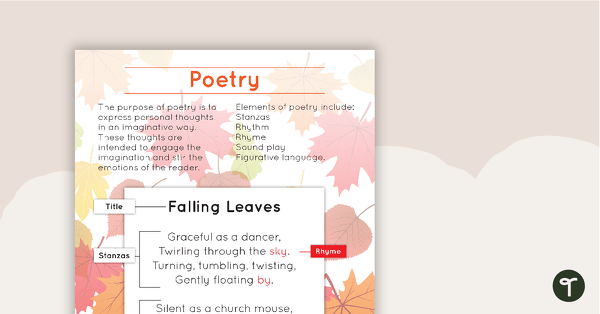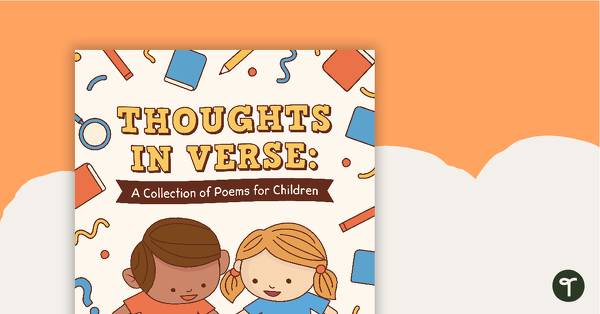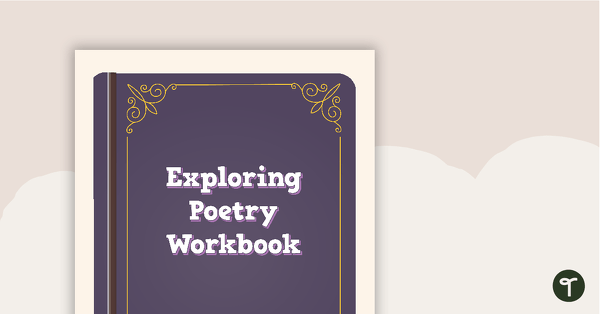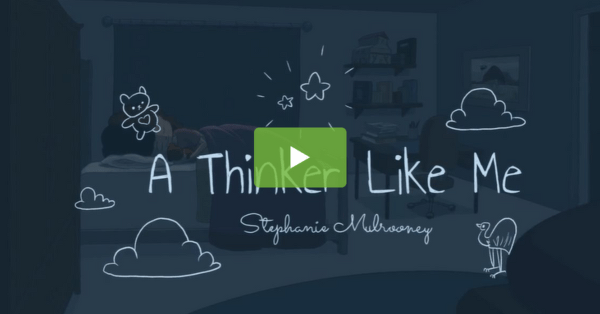Use this spring poem with your students to welcome in the season of springtime.
Welcome Spring with a Spring Poem!
As animals raise their sleepy heads,
And blossoms burst from flower beds,
Nature starts to raise a cheer.
Winter’s over, spring is here!
If you’re looking for a poem about spring to welcome in the season of new life and new beginnings, look no further than Teach Starter’s animated poem, Spring Is Here! This beautiful poem written by Emma Stuart truly encompasses the beauty and magic of springtime. As the students watch, they can read along with the words on the screen, guided by the narration. This captivating experience combines visual and auditory elements, creating an immersive learning journey.
Use this spring poem with your students to foster a love of the season of spring while also teaching key elements of poetry such as rhyme, rhythm and imagery.
Activity Ideas for This Poem About Spring
This animated poem video can be used to support various learning activities in your classroom. Here are some ideas you might like to consider when planning your next poetry lesson:
- Exploring Rhyme – The poem Spring Is Here is rich with rhyming words that enhance the musicality of the language. Use this video as an engaging way to introduce and reinforce the concept of rhyme. After watching, encourage students to identify rhyming pairs and create their own rhyming words related to spring.
- Rhythmic Awareness – The rhythmic flow of the poem helps students develop an ear for the cadence of language. Discuss the rhythm patterns present in the video and invite students to clap or tap along with the beats. This activity not only enhances rhythmic awareness but also makes learning about meter and rhythm a joyful experience.
- Imagery Exploration – Spring Is Here contains multiple examples of imagery that paint vivid pictures of the season. After watching, prompt students to discuss the imagery used in the poem. Encourage them to draw or write about their own imaginative visions of spring, fostering creativity and descriptive language skills.
- Poetic Structure – Break down the structure of the poem with your students. Discuss how it is divided into three stanzas and explore the purpose of each stanza. Analyse the use of language, noting the sensory details that contribute to the overall mood.
- Performance and Expression – Encourage students to recite the poem aloud, emphasising expression and tone. This not only helps improve oral communication skills but also allows students to embody the emotions conveyed in the poem.
More Poetry Resources from Teach Starter
If you’re looking for more resources to support your teaching of poetry, you’ve come to the right place! Click below for some more teacher-created, curriculum-aligned resources!

teaching resource
Poetry Poster With Annotations
A poster about poetry, including an annotated example.

teaching resource
Thoughts in Verse: A Collection of Poems for Children
A beautifully designed collection of poems, written especially for children.

teaching resource
Exploring Poetry Workbook
A workbook to help students become more familiar with the genre of poetry.




0 Comments
Write a review to help other teachers and parents like yourself. If you'd like to request a change to this resource, or report an error, select the corresponding tab above.